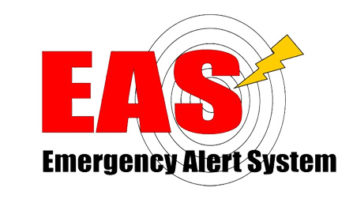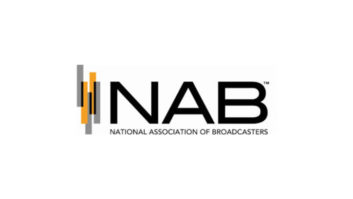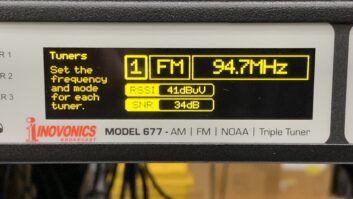The nationwide EAS test in September was a success, though it revealed “shortfalls” in some state-level EAS plans and other areas that could be improved.
These are among the findings of FCC public safety officials, who published initial results. They said improvements made to EAS after the first nationwide test five years ago, plus the implementation of an new online reporting system, “appear to have significantly improved test performance over what was observed during the 2011 test.”
But they discussed ways that the Emergency Alert System might be strengthened, based on data received from EAS participants.
The Public Safety and Homeland Security Bureau identified “several areas where the commission could take steps to potentially strengthen the EAS.” These are initial findings, not official proposals. But they listed some examples:
-Some participants experienced poor quality audio and were not able to deliver the Spanish-language alert because they received the test from an over-the-air broadcast source before their EAS equipment performed its regular check of the IPAWS Internet feed, which typically occurs every 30 seconds. “Requiring EAS participants check the Internet-based IPAWS feed upon receiving a broadcast alert and transmit the corresponding CAP alert, if available, would ensure that the most timely and content-rich version of the alert is broadcast,” the commission staff wrote in the summary. “This would be particularly important for time-sensitive alerts where seconds matter, like earthquake early warnings. The CAP alert would contain a crystal-clear digital audio file as well as any available text or audio files in languages other than English.”
-Some people with disabilities had difficulty receiving or understanding alert text or audio. “EAS tests can be made more accessible by applying to EAS tests the accessibility rules that already apply to live EAS alerts,” the bureau staff wrote.
-Preparations for the test highlighted shortfalls in some state EAS plans, the staff found. “Some plans were difficult for EAS participants to locate, while others presented monitoring obligations and other information in a manner that EAS participants found difficult to implement. The commission can take steps to further facilitate the centralization and standardization of plan information.”
-Some participants did not receive the alert because they did not properly configure or maintain their equipment. “The bureau, in coordination with state emergency communications committees, state broadcast associations and other stakeholders, will use the test results to provide guidance to those EAS participants that experienced technical difficulties.”
-The test was done in an environment that posed a low threat of cyberattacks, the staff noted. “A system whereby EAS participants would integrate basic cyber security guidelines into the EAS equipment readiness rules so that they could self-assess and self-correct vulnerabilities in their facilities would harden the EAS against the range of cybersecurity threats that is generally present for actual alerts and tests.”
The Federal Emergency Management Agency conducted the test in coordination with the FCC and the National Weather Service. It was intended to assess the reliability and effectiveness of the EAS, with an emphasis on testing FEMA’s Integrated Public Alert and Warning System or IPAWS, the integrated gateway through which common alerting protocol-based (CAP-based) EAS alerts are disseminated. The test included the first use of the FCC’s new online EAS Test Reporting System. The staff said it will continue to analyze the results in conjunction with FEMA, and said it is continuing to accept late-filed test results.
Overall, the FCC staff said, the test was successful, reiterating early conclusions of FEMA officials, which RW reported at the time.
“Initial test data indicates that the vast majority of EAS participants successfully received and retransmitted the National Periodic Test (NPT) code that was used for the test,” the FCC writes now. “The improvements made to the EAS using the lessons learned from the 2011 nationwide EAS test and the implementation of ETRS appear to have significantly improved test performance over what was observed during the 2011 test.”
It said more than 21,000 radio stations, broadcast television stations, cable systems, satellite services and other EAS participants in all 50 states and the U.S. territories participated. “This is a 26% increase in participation from the 2011 nationwide test (16,731 forms filed in 2011).”
It said 94% of test participants successfully received the test alert, compared to 82% in 2011.
Some 85% of test participants successfully retransmitted the test alert; 69% reported no complications in receiving or retransmitting. “Many EAS participants reported that the test alert that they received featured the high quality audio from the CAP-based alert that FEMA distributed via IPAWS.”
For the first time, 74 EAS participants retransmitted the IPAWS-generated Spanish language version of the alert. And reports from the commission’s Public Safety Support Center proved effective for collecting feedback and should continue to be used for EAS tests.







